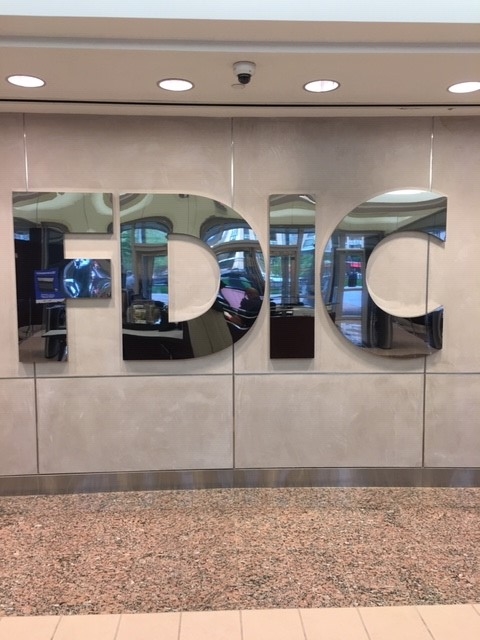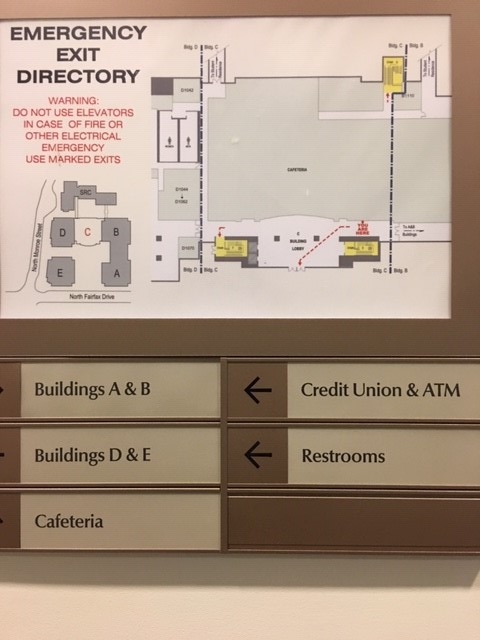At the FDIC’s April 23 Fintech conference, frequent reference was made to the growing role of “marketplace lenders”; firms using internet technology to reach customers directly versus traditional branch based, depository strategies.
Two frequent credit disruptors were cited: Quicken and peer lenders such as Lending Tree, Sofi, etc.
One estimate is that 40% of unsecured consumer credit was provided by fintech firms last year. Quicken was the number one mortgage originator in 2018.
While the advantages of internet based providers were easily listed–convenience, speed, ease of use, targeted market capabilities–the potential challenges were also noted. Most internet providers rely on external funding, which could disappear in a sectoral or broader economic downturn. Moreover the majority of marketplace lending innovation has been done in the very low and benign post-2008-crisis interest rate environment. Would their funding strategies be as viable in a higher or more volatile rate climate?
More importantly, the credit quality of most unsecured consumer lenders has not been subject to the stress of a economic downturn with rising unemployment. This part of the cycle is when capital adequacy is most tested.
There are real consumer benefits from financial innovation. However the lesson is to be careful about concluding that disruption in the short term will necessarily reshape markets over a full cycle. Market shakeouts may seem immediate, but the ultimate restructuring may not be known until incumbent firms and innovators experience a full cycle of financial competition.
Might such a perspective have informed credit unions’ and NCUA’s responses to the disruption of the taxi medallion industry? A subject for ongoing examination.



